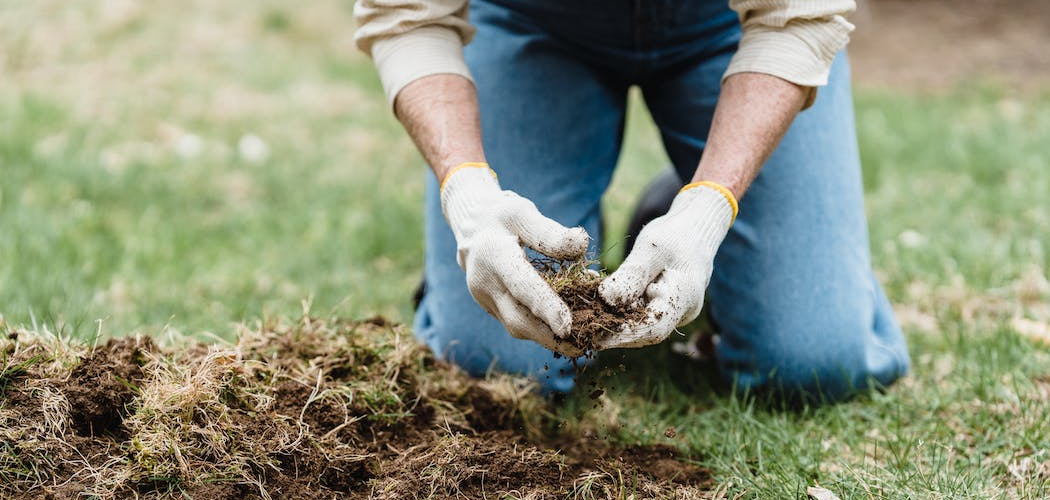Measuring sod is an important step when laying down a new lawn. Properly measuring the area will help ensure that you purchase the right amount of sod for your project and save you money in the long run. It’s also important to measure accurately so that there won’t be any gaps or overhangs, which can create an unsightly lawn.
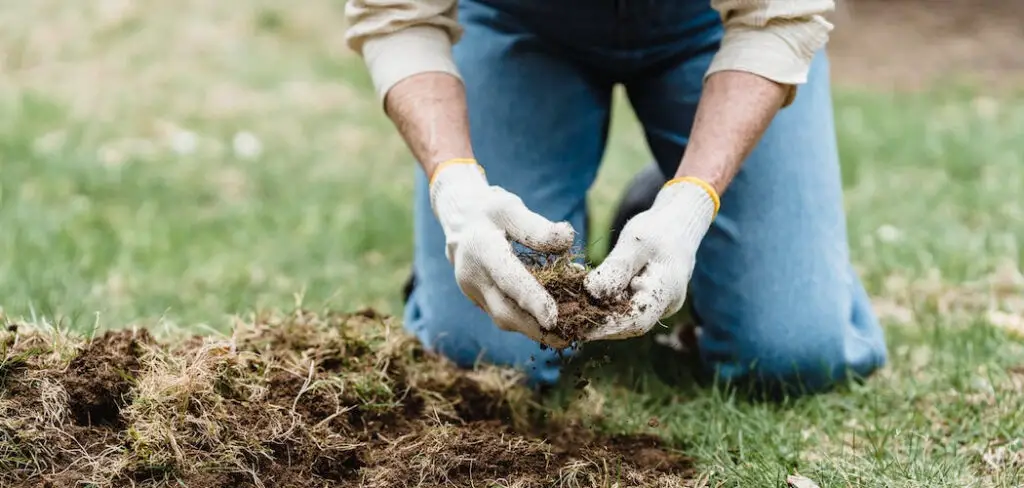
One of the major advantages to measuring for sod before you purchase it is that you can ensure you have enough material to cover your desired area. You can accurately calculate how much sod you need and buy accordingly by taking precise measurements. This eliminates the risk of making multiple trips back and forth from a store or garden center to get the right amount of sod. In this blog post, You will learn in detail how to measure for sod.
Step by Step Processes for How to Measure for Sod
Step 1: Inspect the Area
Before measuring for sod, inspecting the area where you will be laying the sod is important. Check for any obstructions in the way, such as rocks, tree roots, or buried cables that may prevent the proper installation of your sod.
Step 2: Clear the Area
It is necessary to clear away any debris and vegetation from the area before measuring for sod. Doing so will help to ensure an accurate measurement. To measure the length of the area, use a tape measure or a measuring wheel. Start at one end of the area and measure to the other end.
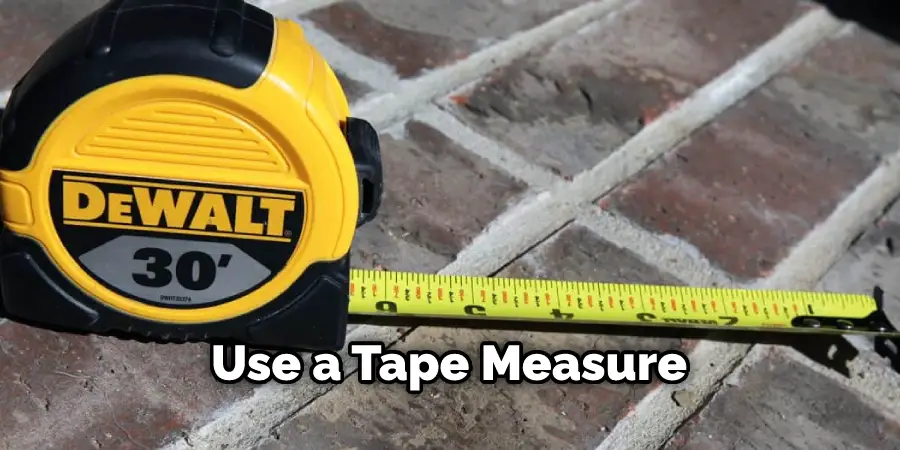
Step 3: Determine the Width of the Area
To measure the width of the area, use a tape measure or measuring wheel. Start at one side of the area and measure to the other side. It may be necessary to break down the measurements into smaller sections for areas with curves or angles to capture them accurately.
Step 4: Calculate the Total Area
Once you have all of the individual measurements, use a calculator to add up the total square footage of your sod area. Determine which type of sod best fits your needs based on the measurements taken. Many different types are available, including turf, zoysia, and Bermuda.
Step 5: Add 5-10% Extra for Waste
To ensure that you have a sufficient amount of sod to cover the area, add 5-10% extra on top of your calculated measurements. This will help to account for any potential waste due to installation or other factors. Once you have the total square footage and add 5-10% extra, you can determine how many rolls of sod or pallets will be needed.
Step 6: Place Your Order
After determining the amount of sod that is needed, place your order with a local supplier. Be sure to provide all of the necessary measurements and information so that your order can be accurately filled. By following these steps, you should have a good understanding of measuring sod in order to ensure an accurate fit.
Precautions for How to Measure for Sod
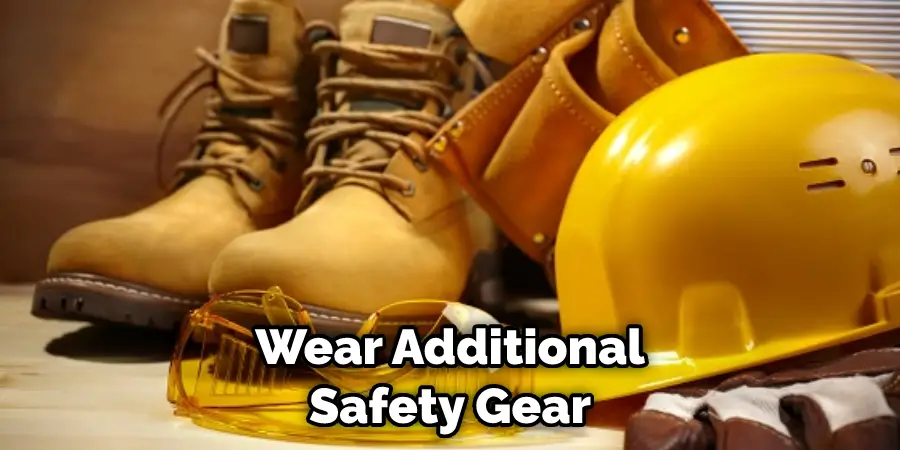
- Wear safety glasses and gloves when measuring for sod. You want to protect your eyes and hands from sharp edges and any debris that may be in the area you are measuring.
- Be sure to measure each section accurately so that the sod fits properly in its designated area. Measure each section’s length and width to ensure a seamless fit.
- Take multiple measurements to ensure your measurements are correct; it’s better to be safe than sorry.
- If you will be using a measuring tape, mark the location where you start and end each measurement with something like chalk or colored pencil so you can easily identify those spots.
- Have someone else check your measurements to double-check accuracy and ensure you didn’t miss any spots.
- Take into account any slopes or curves in the land for more accurate measurements.
- Calculate exactly how much sod is needed based on your measurements, including the number of sections and any waste factor.
- Make sure to use a reliable calculator or sod estimator to convert your measurements into the amount of sod needed for each section of land. This will help you get a more accurate estimate of how much sod you need to buy, saving you time and money in the long run.
How Much Waste Should You Expect When Measuring for Sod?
When it comes to measuring for sod, there is always the possibility of some waste. However, how much waste you should expect depends largely on the shape and size of your lawn. For example, if you have an irregularly-shaped lawn with many curves and angles, you might need to purchase more sod than you had originally planned. This is because some of the sod will have to be trimmed and cut to fit those shapes.
On the other hand, if your lawn is mostly rectangular or has straight lines, you should not expect much waste when measuring sod. You should still measure accurately and plan accordingly so that you don’t end up with too little or too much sod. When measuring sod, it is important to remember that there may be some waste due to the trimming and cutting required. This will ensure that your lawn is covered properly with the right amount of sod.
How Much Time Should You Plan for When Measuring Sod?
Measuring for sod is an essential step to ensure that you have enough material to cover the area you are looking to install properly. How much time it takes to measure sod varies depending on the size of your project and how the accuracy of your measurements. However, you should plan for at least a few hours of measuring for most average-sized projects. When measuring for sod, it’s important to accurately measure the length and width of each area you need to cover.
You should also consider obstacles in the space (such as trees or paths), which will require more material than usual. Additionally, if your measurements are off by even a few inches, this can significantly affect how much sod you will need. In some cases, it may be helpful to enlist the help of a professional contractor or landscaper for measuring for sod. They will have the expertise and experience necessary to accurately measure the project area, saving you time and money in the long run.
How Can You Ensure That All Areas Are Properly Covered?
Measuring sod can be an intimidating task. It’s important to plan out exactly how much sod you’ll need and accurately measure the area where it is installed. Here are some tips on measuring the area and ensuring that all areas are properly covered, and no gaps remain once the sod has been laid down:
- Use a measuring tape or long stakes to measure out the width and length of your area. Be sure to take into account any curves and irregularities in the shape, as these will require additional sod for filling in those areas.
- Draw out a sketch or diagram of the area to be sodded that includes measurements and any angles or curves that may need to be accounted for. This will help you easily visualize how the sod needs to be laid and ensure a proper fit when the time comes.
- Refer to your measurements in order to buy enough sod for your area. How much sod you need depends on the size of the area, so it’s important to be accurate when calculating.
- Measure twice and cut once! Before you start cutting any pieces of sod, double-check your measurements to ensure they are correct. You can even lay out all the pieces on the ground first to ensure everything fits correctly before installing them in place.
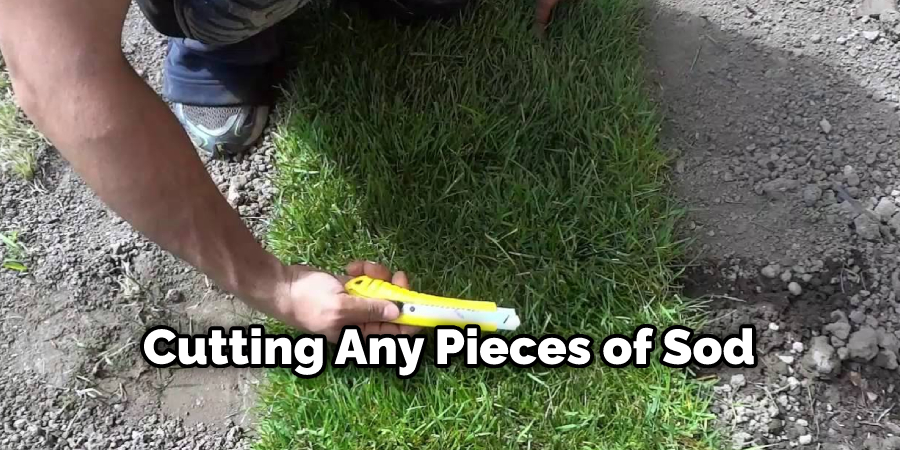
By carefully measuring the area and ensuring that all areas are properly covered, you can guarantee that no gaps remain once the sod has been laid down.
How Can You Measure for Sod on Sloped or Hilly Surfaces?
When measuring sod on a sloped or hilly surface, it is important to estimate the amount of sod you need accurately. To calculate this, measure the area’s length and width in feet, then multiply them together to get square feet. That number will represent how many squares of sod you need. It’s also essential to consider the slope of the area. If the grade is more than 5%, you’ll want to increase your estimate by at least 10%. Additionally, adding a few feet of sod on each side is best to ensure a uniform look.
Finally, it may be beneficial to consult a professional who can help measure and install the sod based on the specific needs of your property. With the right preparation and a professional to help, you can ensure that your new sod lawn is properly measured and installed for lasting beauty. By using these tips on Measuring for Sod, you can easily find the perfect amount of sod needed to cover any sloped yard or hilly surface in your yard. With the help of a professional, you can be sure that your lawn is accurately measured and installed for optimum performance.
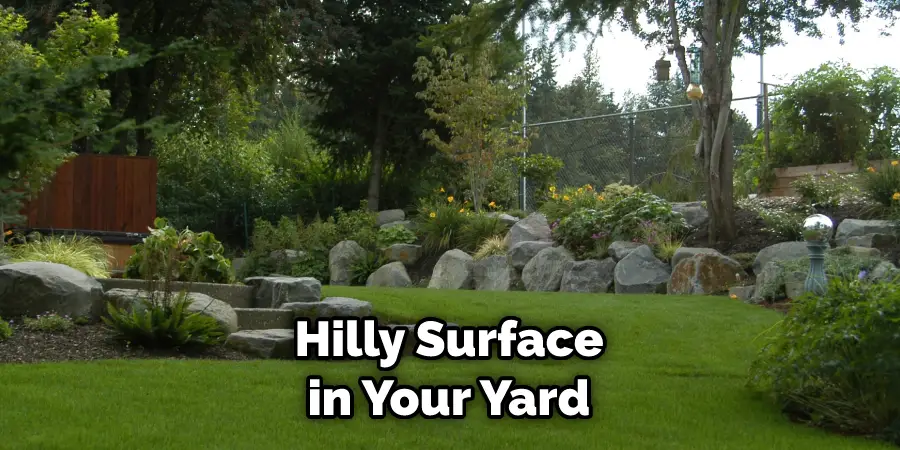
Conclusion
In conclusion, measuring sod is important in preparing a lawn before installation. Accurately measuring the area, you plan to cover will ensure that you have enough sod to complete the job. First, measure your lawn using a tape measure or similar tool to get the length and width of your desired coverage area.
Then, multiply these two numbers together to calculate the square footage of your lawn. Once you have the total square footage, add 10% for extra sod and order accordingly. I hope this article has been beneficial in learning how to measure for sod. Make Sure the precautionary measures are followed chronologically.

